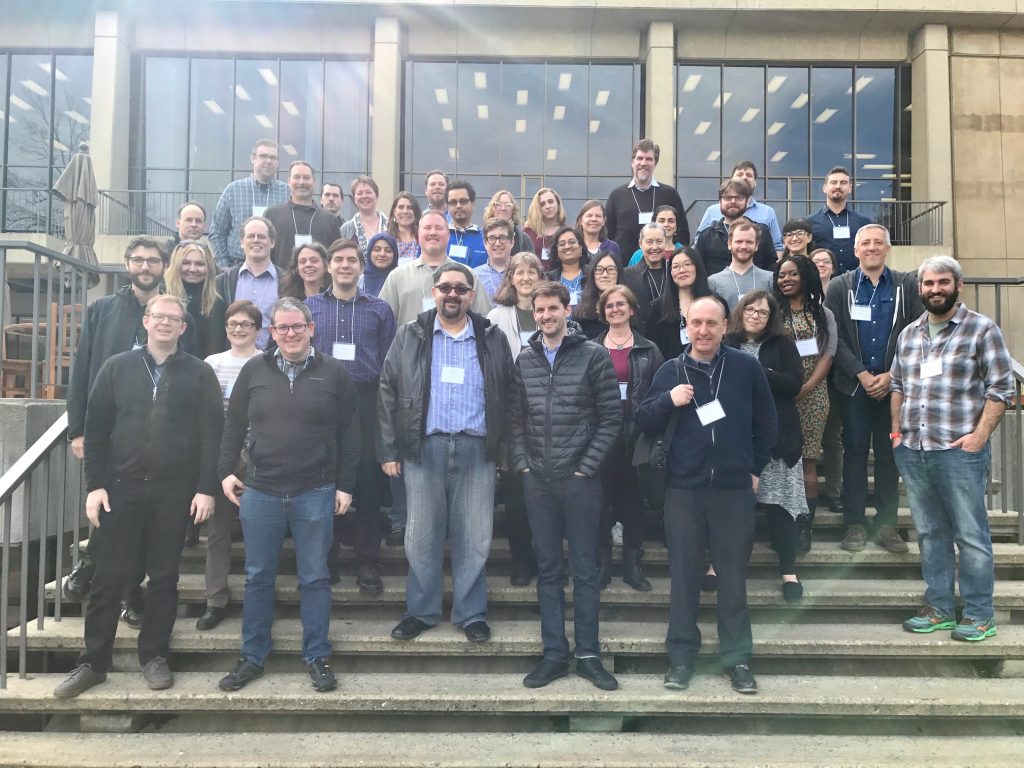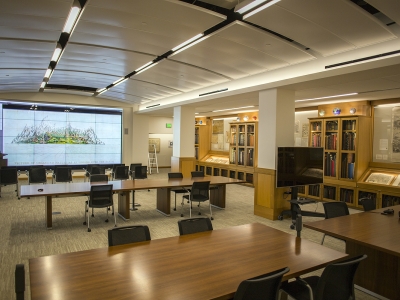
Last week, Stephen Balogh and I attended the second annual Geo4LibCamp, hosted by Stanford University. The event marked a great year of progress in the GeoBlacklight community. It was a time to reflect on why our current political situation should influence how libraries collaborate to preserve geospatial data. Here’s five things I learned.
- Given our exigent situation, we may need to re-think the scale and process of metadata creation. In his excellent plenary talk, Stace Maples modeled ways in which librarians might want to leverage Google’s Cloud Vision API, for instance, to extract workable metadata for scanned maps. The API has the potential to generate searchable terms to help with discovery.
- Index map layers are an interesting organizing principle to help contextualize the discovery of physical maps. Stanford is already implementing systems for presenting the holdings of Japanese military topographic maps. This includes reference layers in EarthWorks, Stanford’s discovery portal, but also a series of maps hosted on ESRI online. These tools allow users to discover specific maps more quickly and to see where there are gaps in holdings.
- Jack Reed at Stanford has released a gem called GovScooper that harvests all of the metadata in Data.gov and makes a rudimentary transformation into the GeoBlacklight schema. All of the metadata is now available in OpenGeoMetadata, so anyone can bring records into GeoBlacklight and begin to sort through them. This project, in my opinion, has major potential for rescuing geospatial data and enhancing the discoverability of it.
- The David Rumsey Map Center, which opened this past year, is amazing! We got to see some incredibly high resolution maps and hear about the process of digitizing and stitching together images.

- The GeoBlacklight community is very much concerned with user experience. In the un-conference planning session, the intersection of GeoBlacklight an user experience was the most popular proposed session, and when we met, we had some great discussions about the intersection of metadata and application design.
Thanks to Darren Hardy and everyone at Stanford University for hosting such a great and informative conference. I’m already looking forward to next year.
